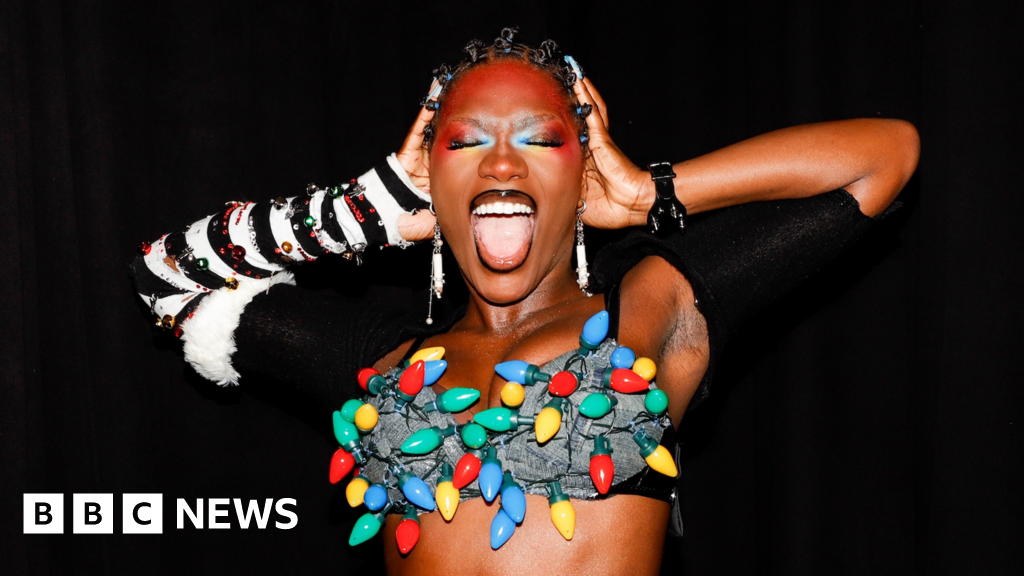James Cook University scientists have been trying to discover exactly why some animals glow under ultraviolet light. JCU researcher Linda Reinhold led the study, which is published in PLOS One. She said photoluminescence in mammal fur is common.
“Rats, along with bandicoots, possums, bats, tree-kangaroos and many other creatures in Australia and around the world are photoluminescent; they glow under ultraviolet, violet or blue light,” said Reinhold.
She said the scientists’ aim was to identify luminophores (molecules or groups of molecules) contributing to photoluminescence, particularly pink photoluminescence, in Australian mammal fur.
The team shaved fur from roadkill and subjected it to high-performance liquid chromatography.
“The fur of the Australian northern long-nosed and northern brown bandicoots photoluminesces strongly, displaying pink, yellow, blue and/or white colors. We wanted to find out whether the luminophores present in bandicoot fur might be common across multiple species.
“So we compared the results from the two bandicoots to the northern quoll, the coppery brushtail possum, the Lumholtz’s tree-kangaroo, the pale field rat and the platypus—all of which photoluminesce in different ways,” said Reinhold.

The scientists confirmed metabolites of the amino acid tryptophan and identified derivatives of the chemical compound porphyrin that cause bandicoots, quolls and possums to glow bright pink in UV light.
“Unexpectedly, we also found a contributing cause of the color of coppery brushtail possum fur—not photoluminescent, but a strong purple coloration in white light—a match for the molecule Indigo—which is also extracted as a dye from plants.
“This piece of chemistry on possums also gives renewed hope to solving the cause of the puzzling fur coloration of species such as the purple-necked rock-wallaby,” said Reinhold.
She said the study was the first paper to look at the photoluminescent fur chemistry of Australian mammals since 1971.
More information:
Linda M. Reinhold et al, Luminophores in the fur of seven Australian Wet Tropics mammals, PLOS One (2025). DOI: 10.1371/journal.pone.0320432. journals.plos.org/plosone/arti … journal.pone.0320432
Citation:
Why some mammals glow under ultraviolet light (2025, May 6)
retrieved 6 May 2025
from
This document is subject to copyright. Apart from any fair dealing for the purpose of private study or research, no
part may be reproduced without the written permission. The content is provided for information purposes only.

















